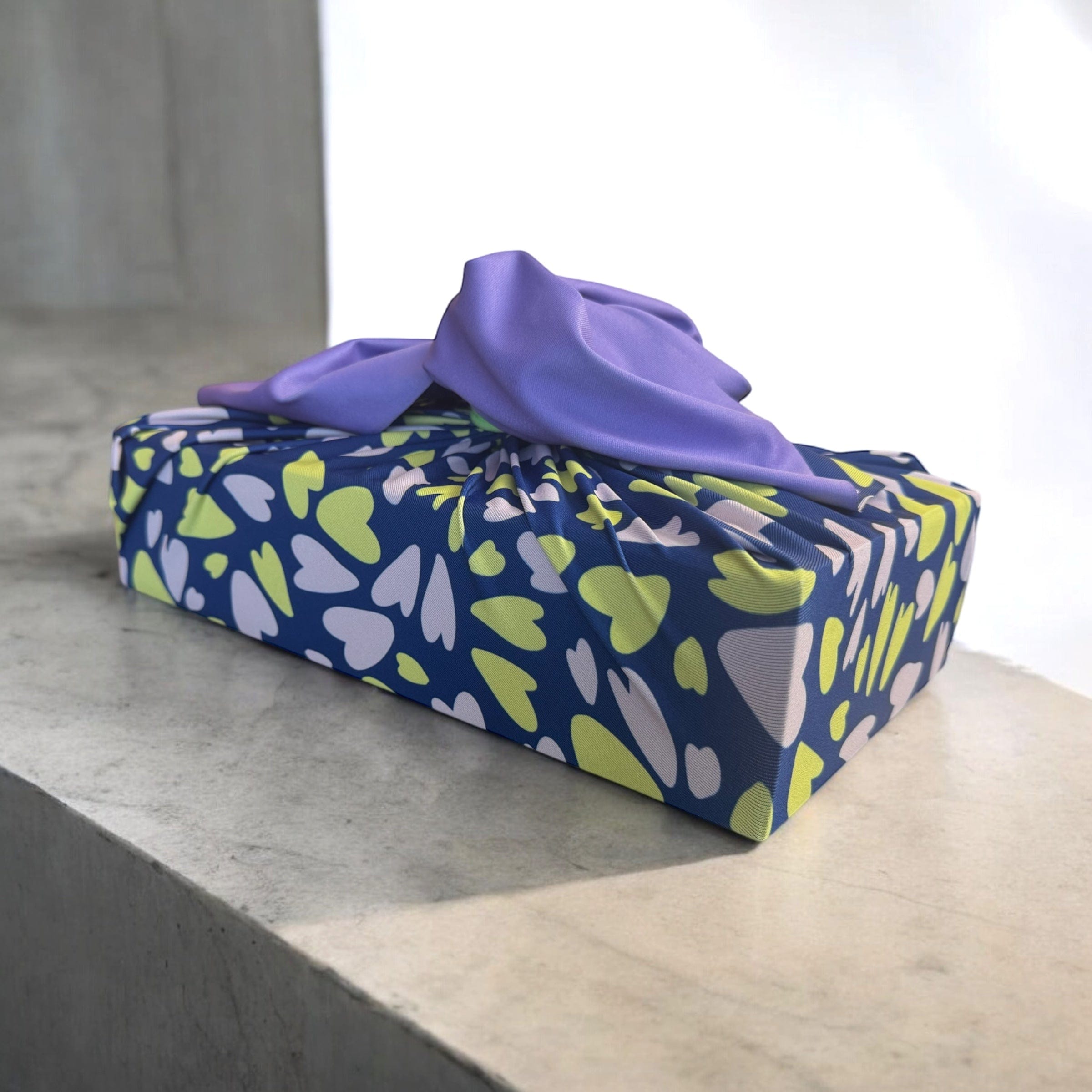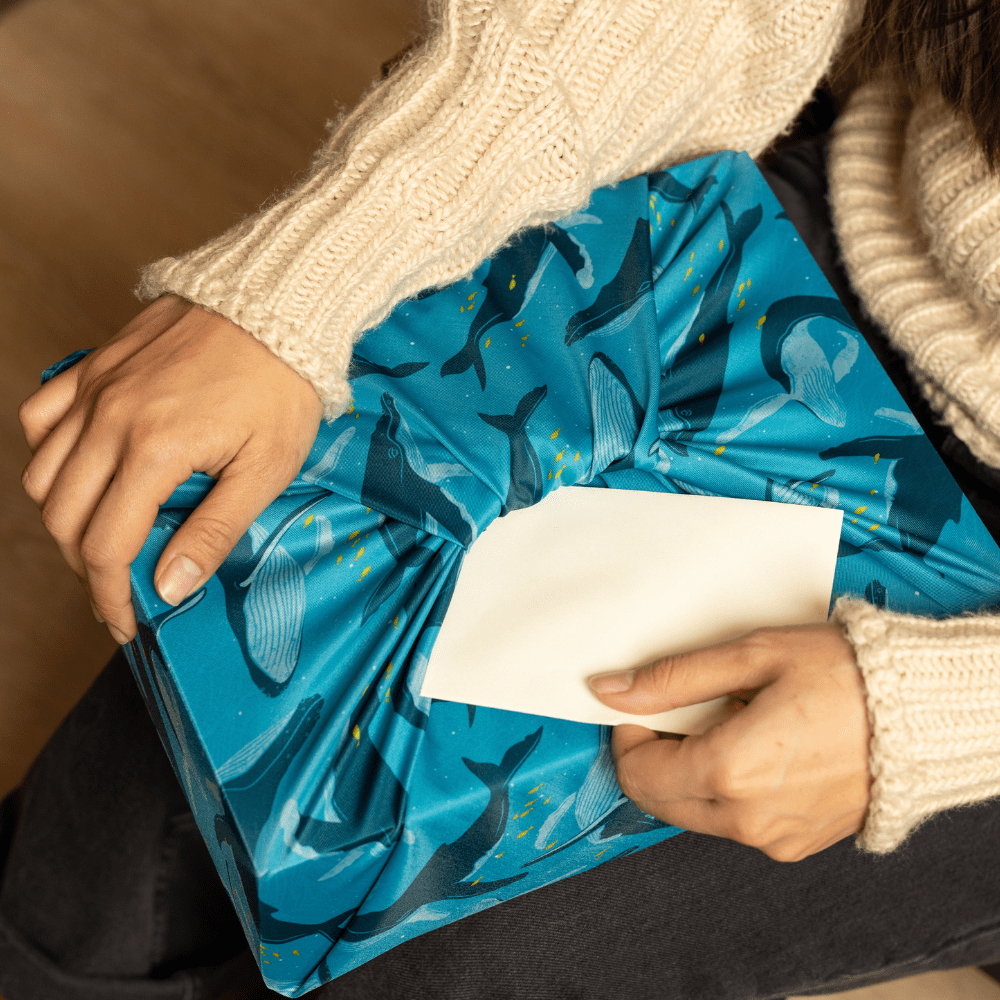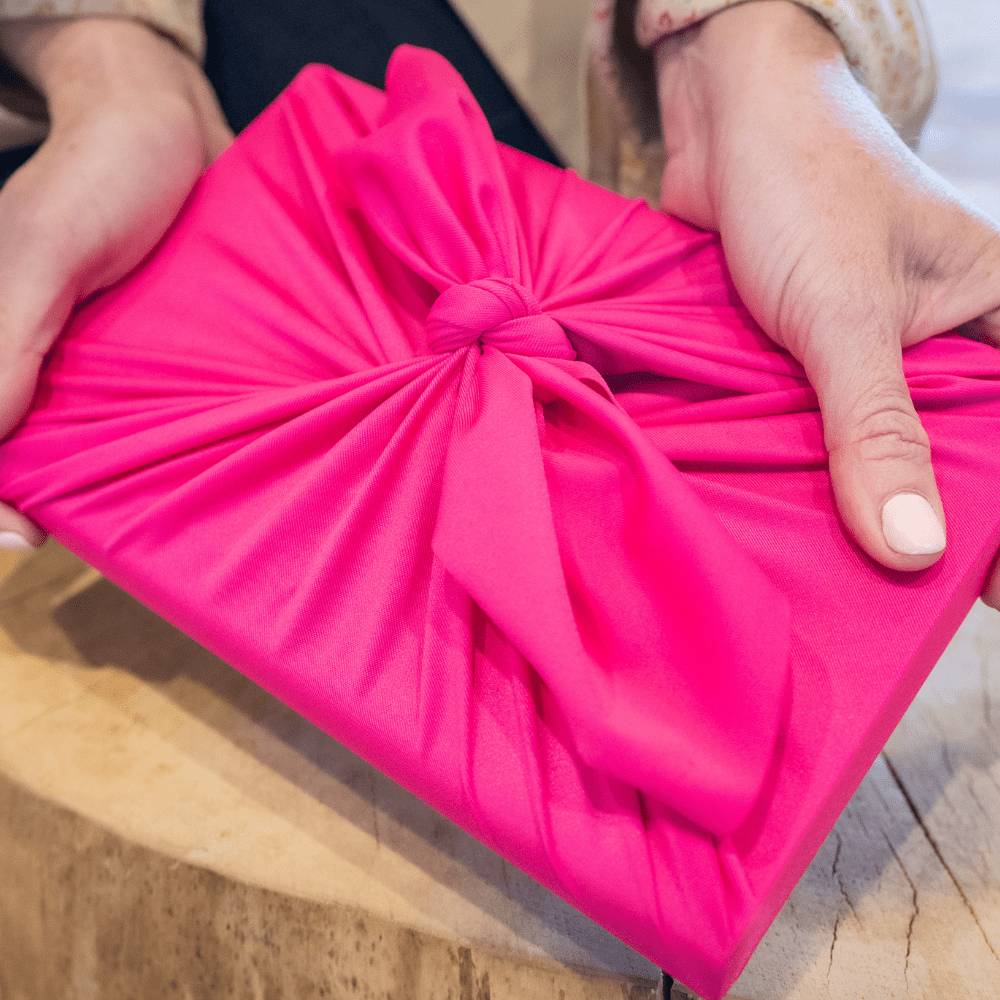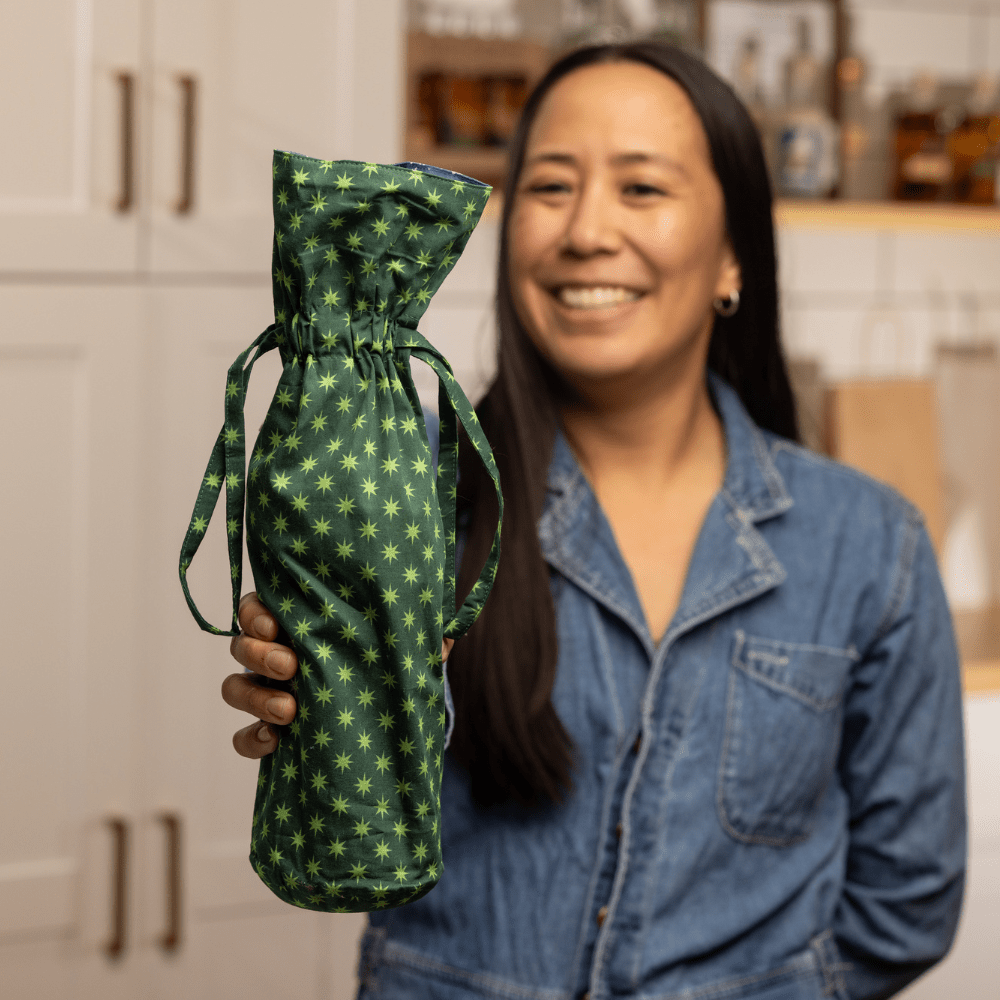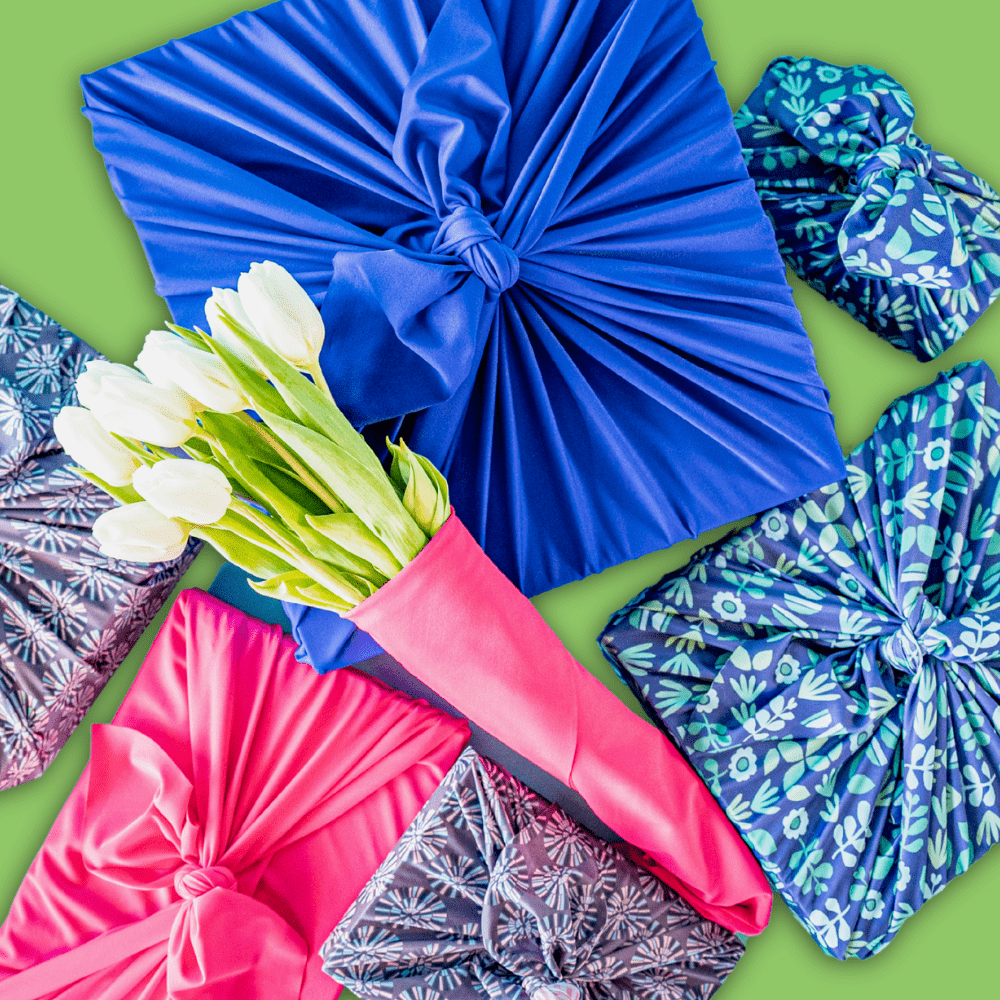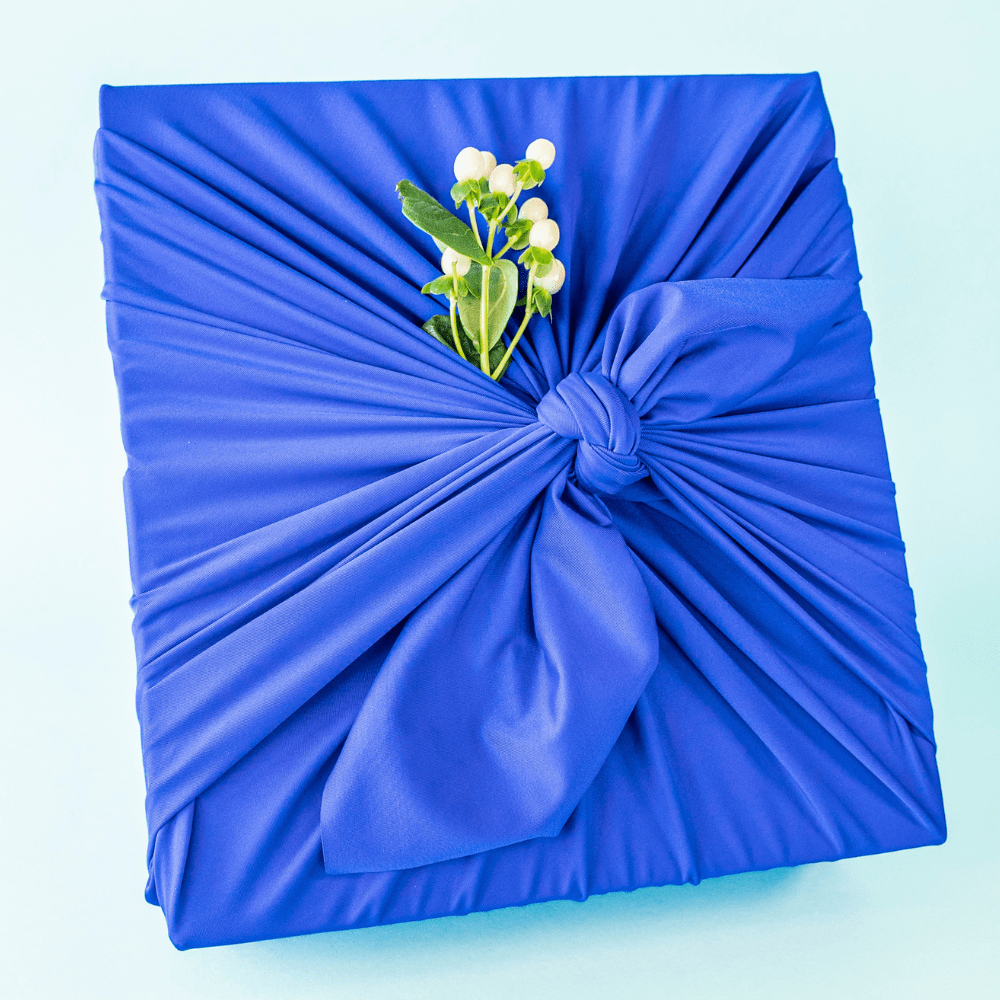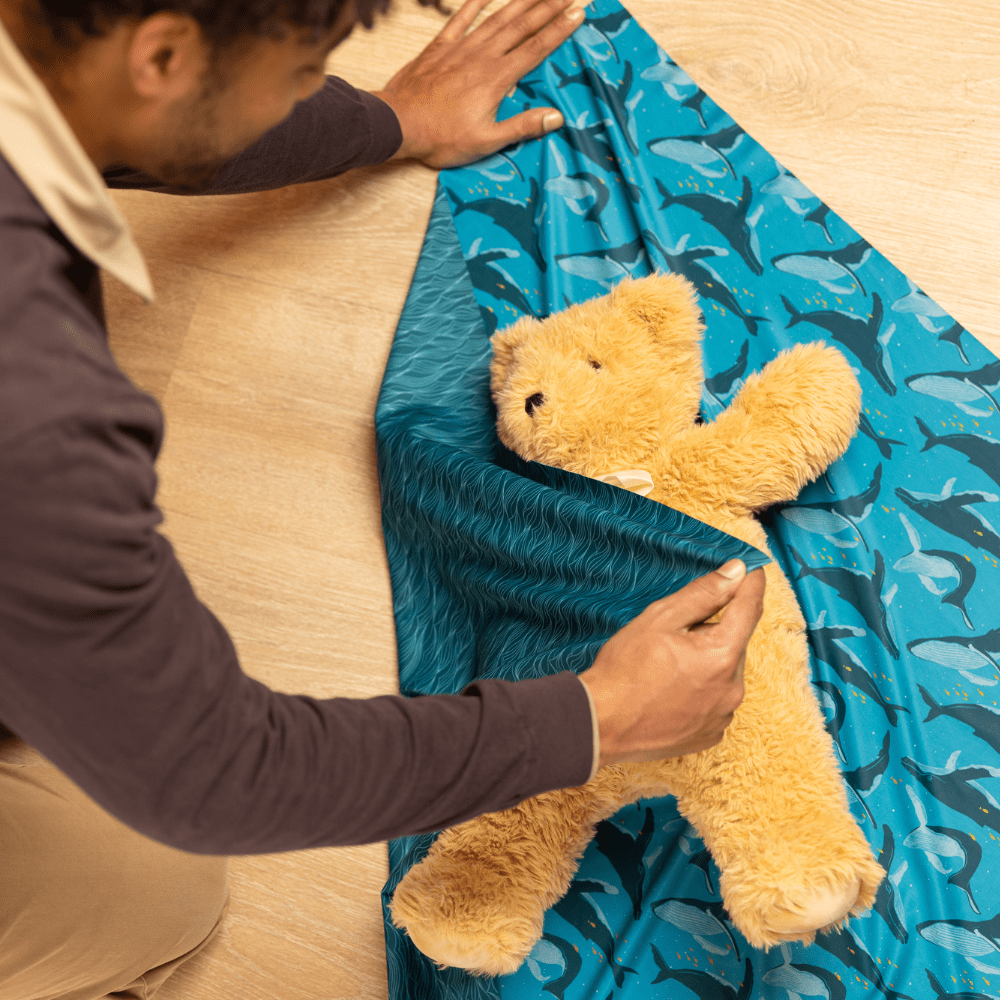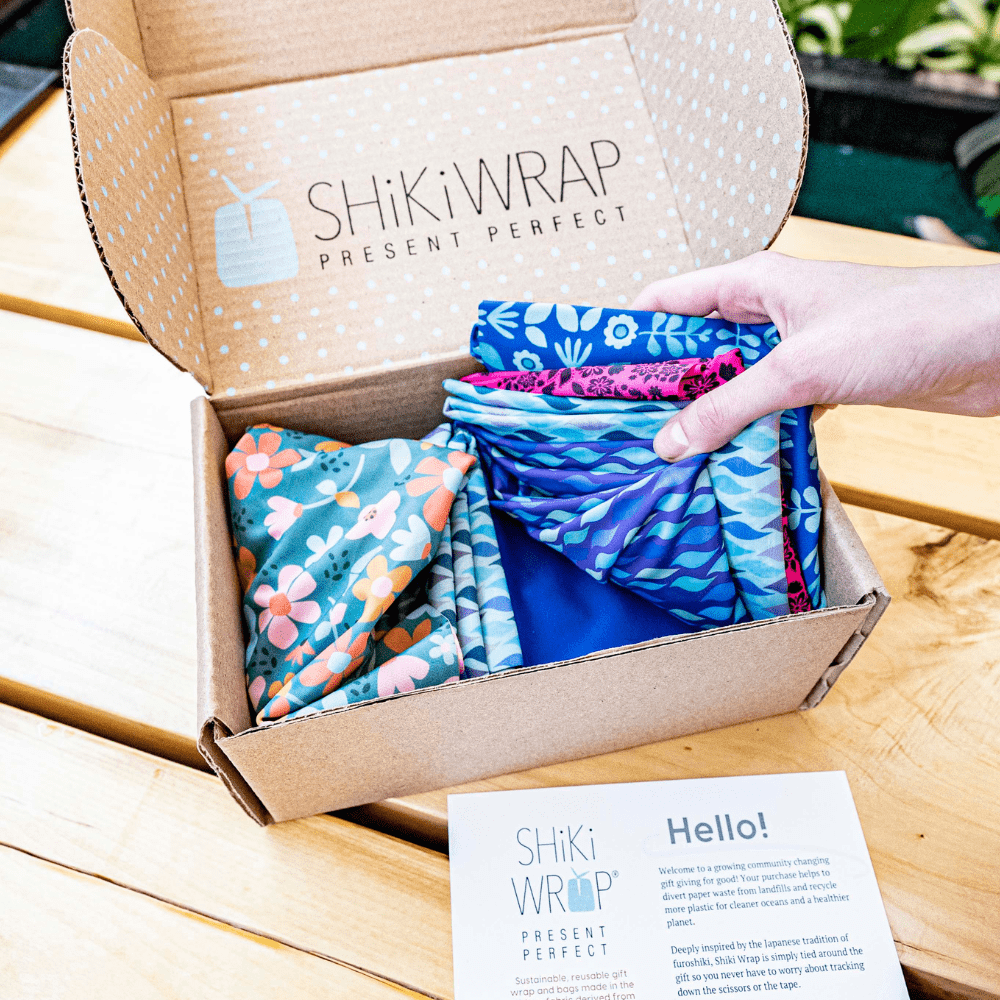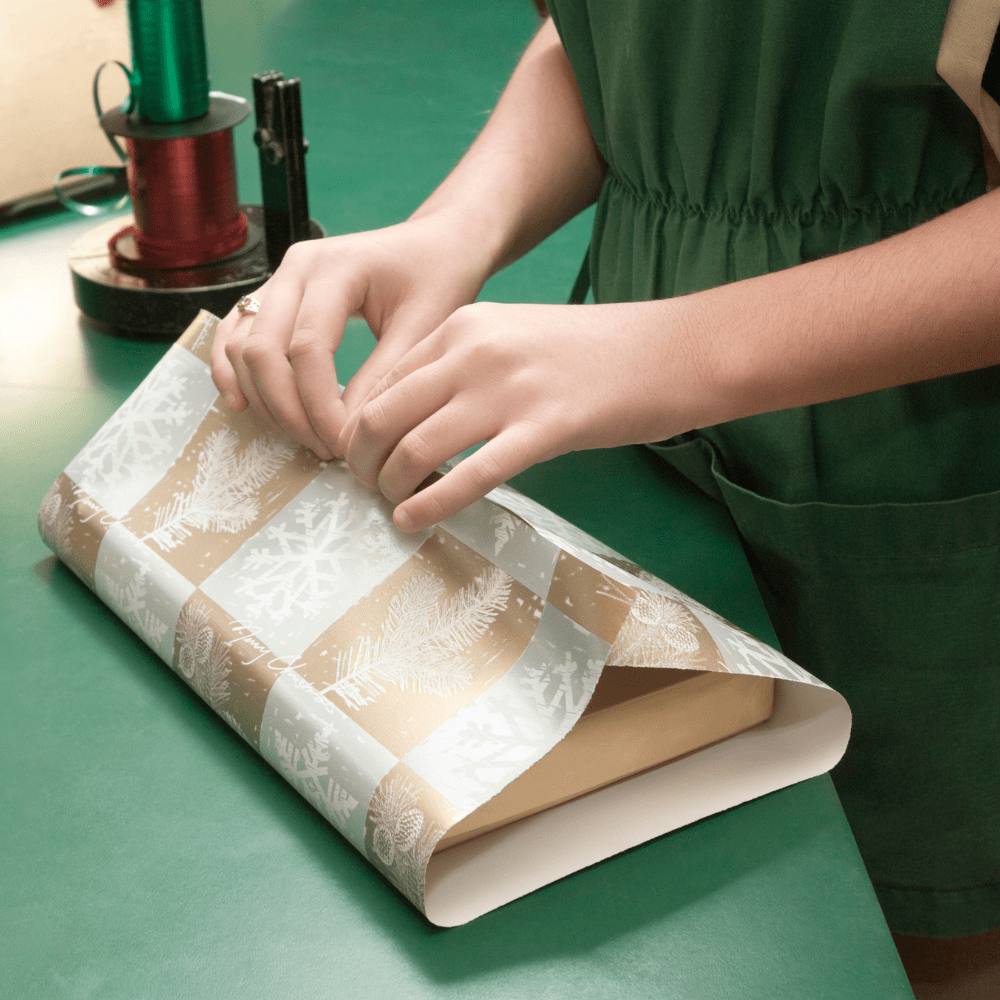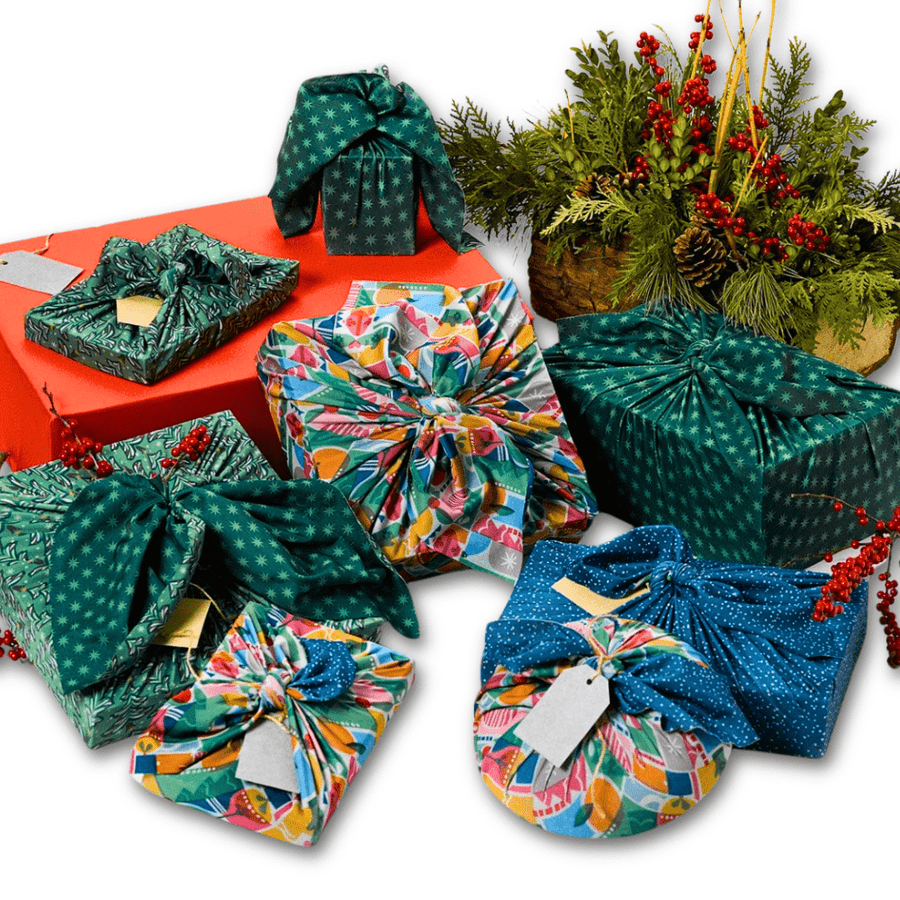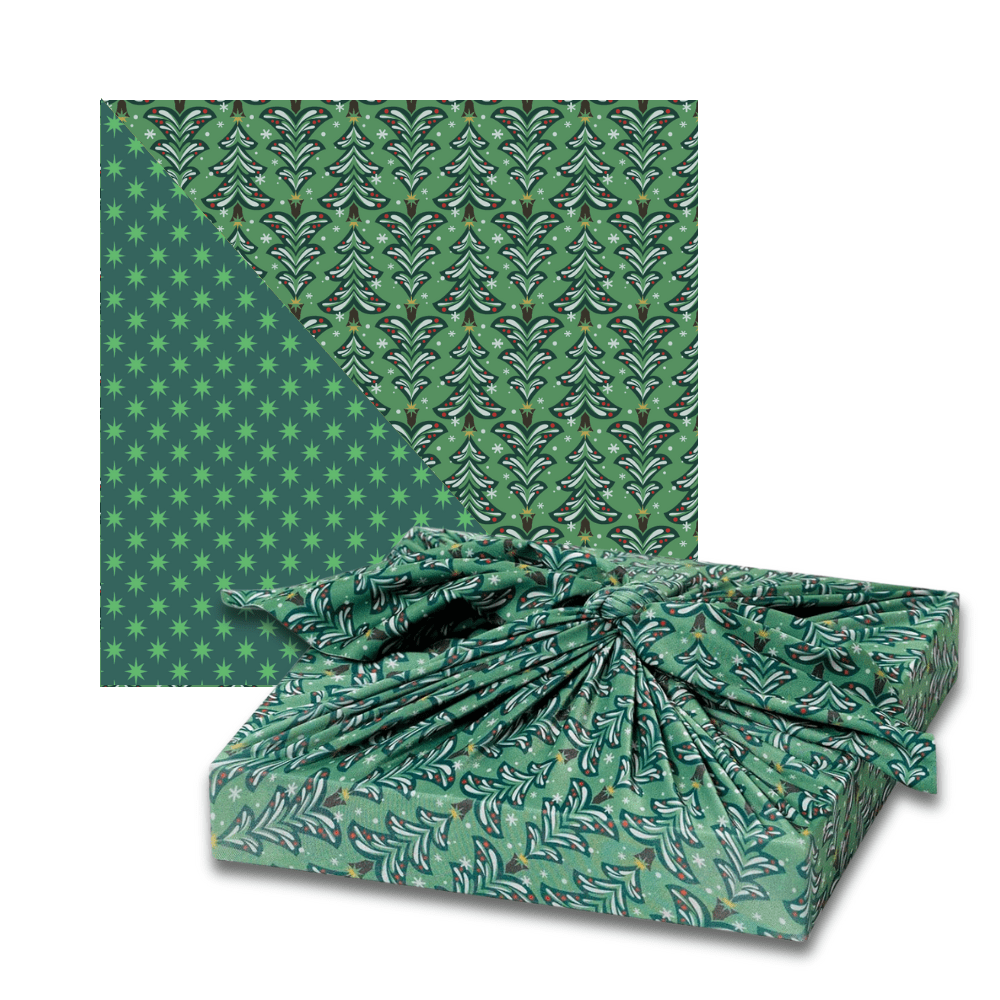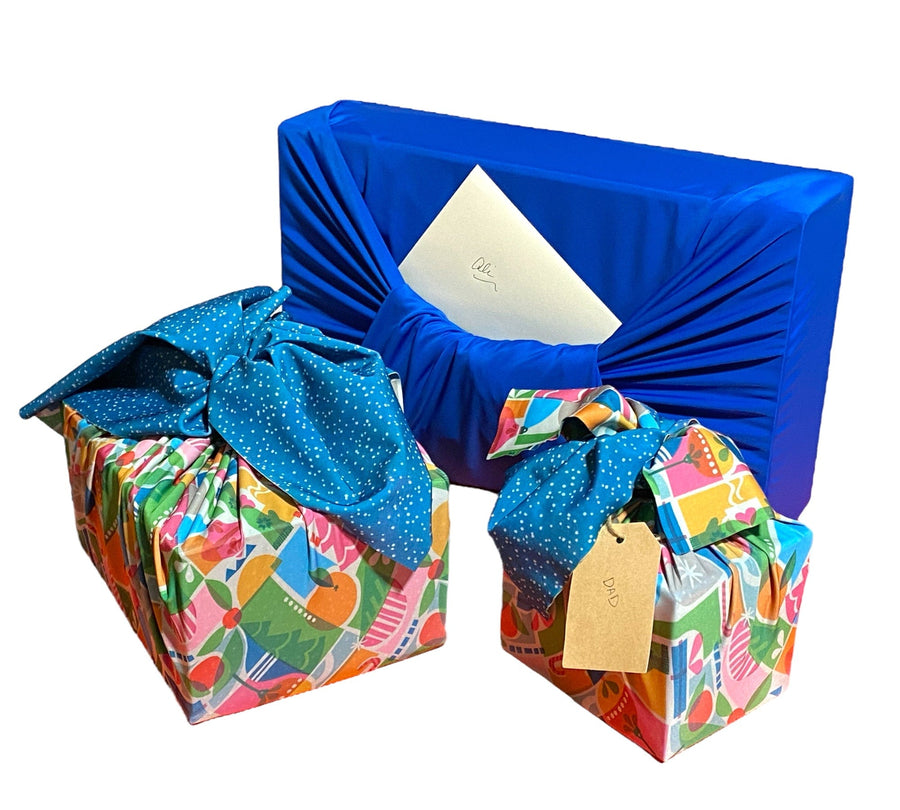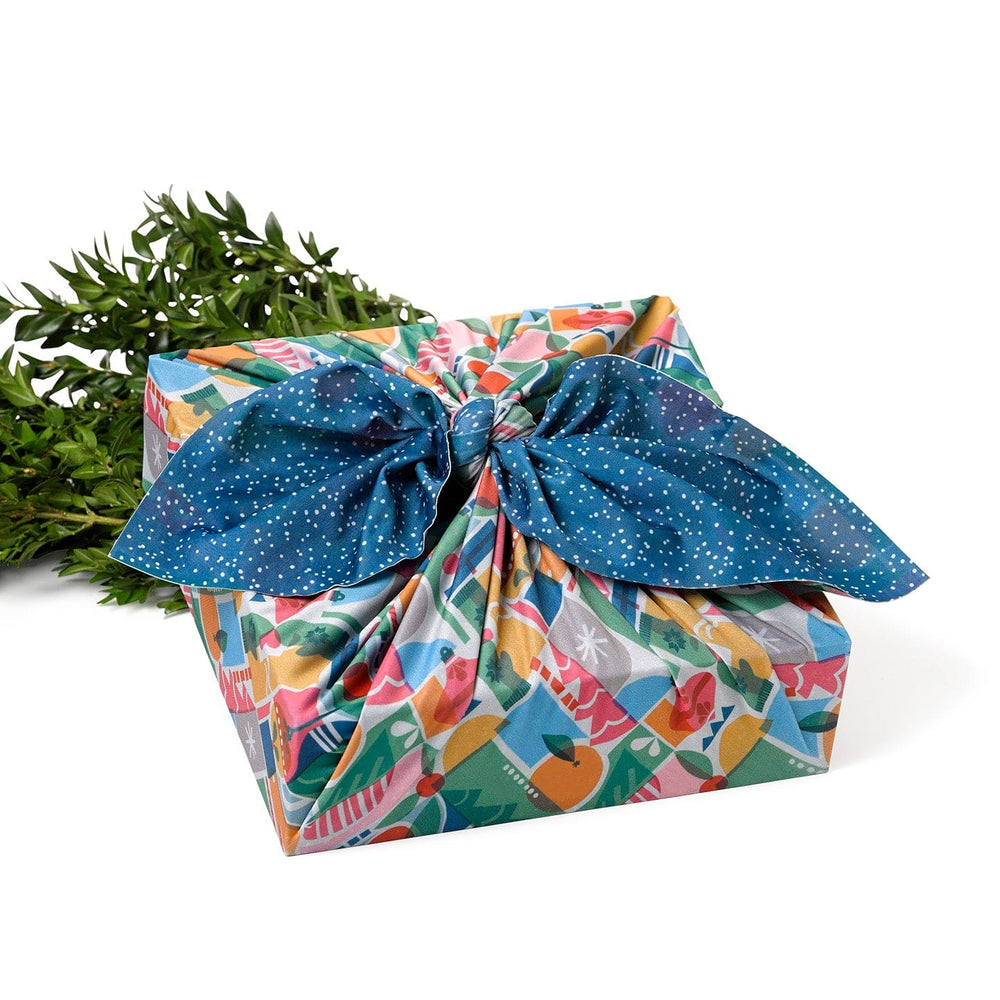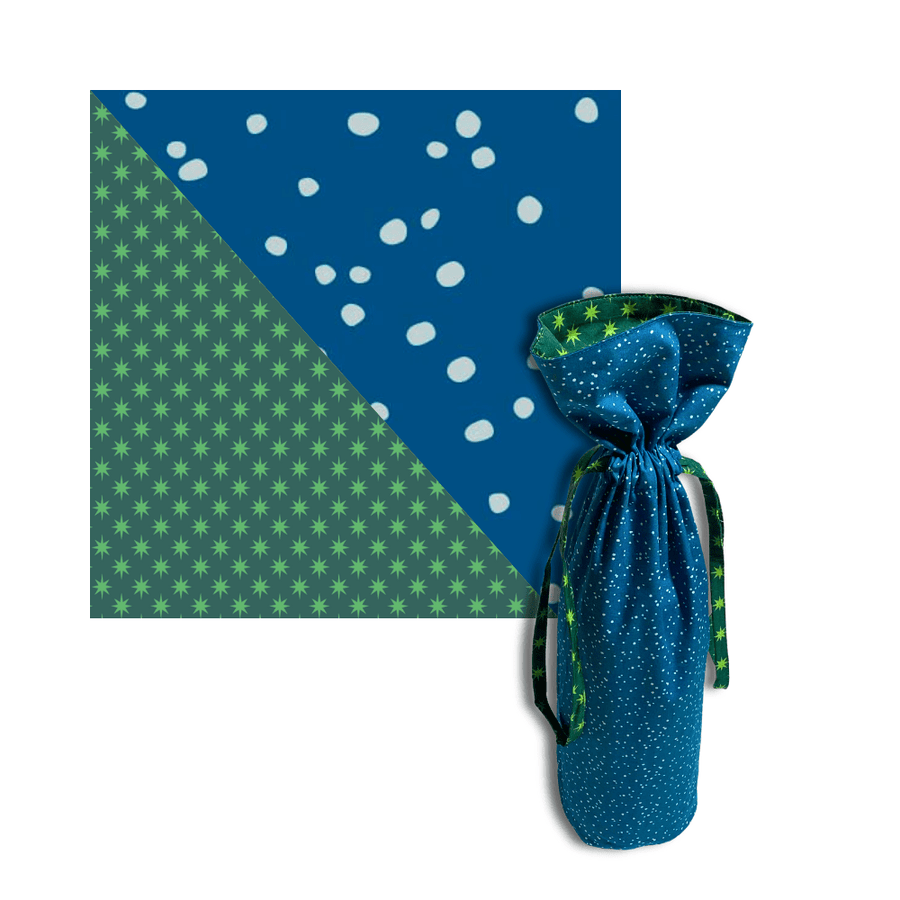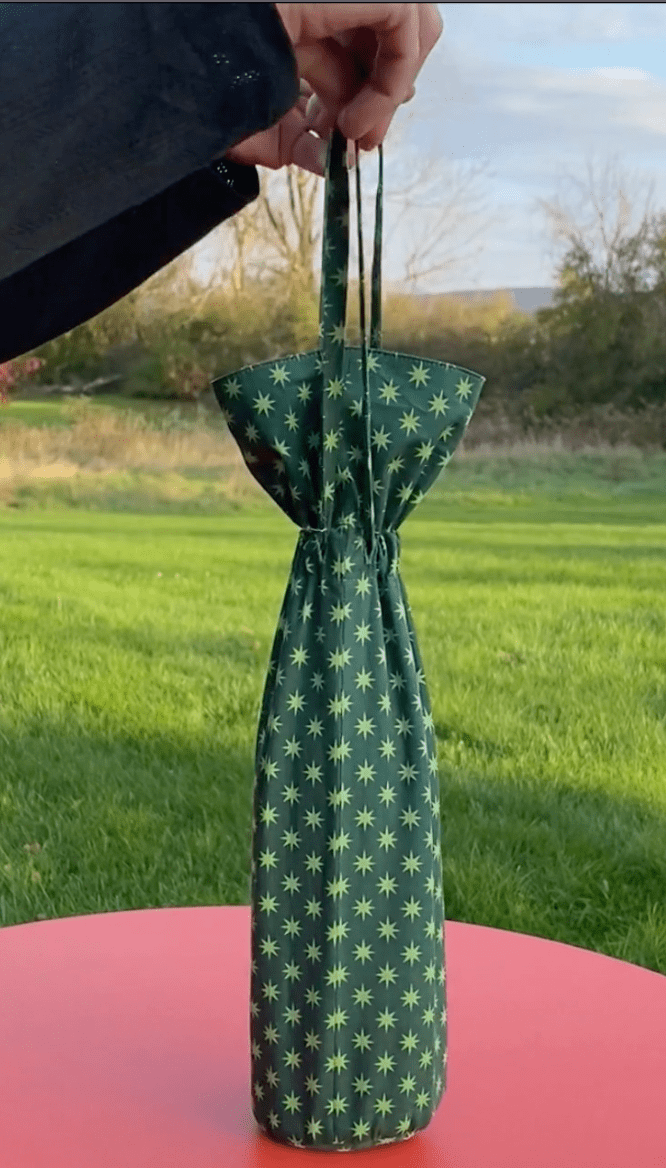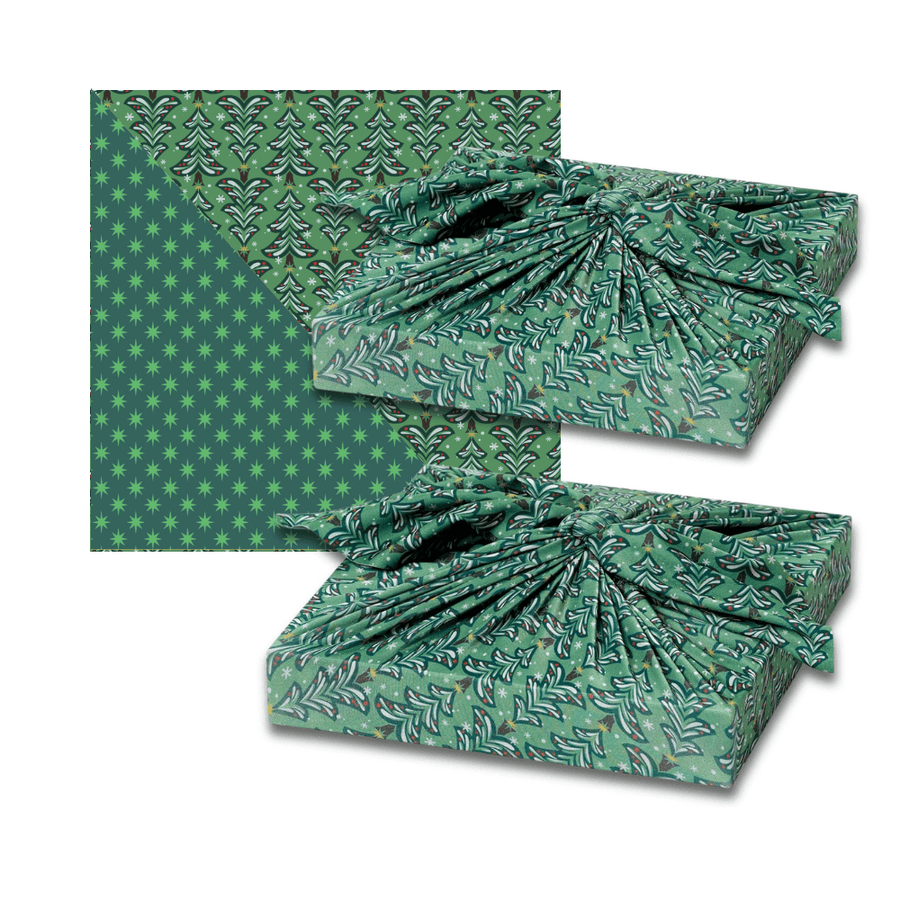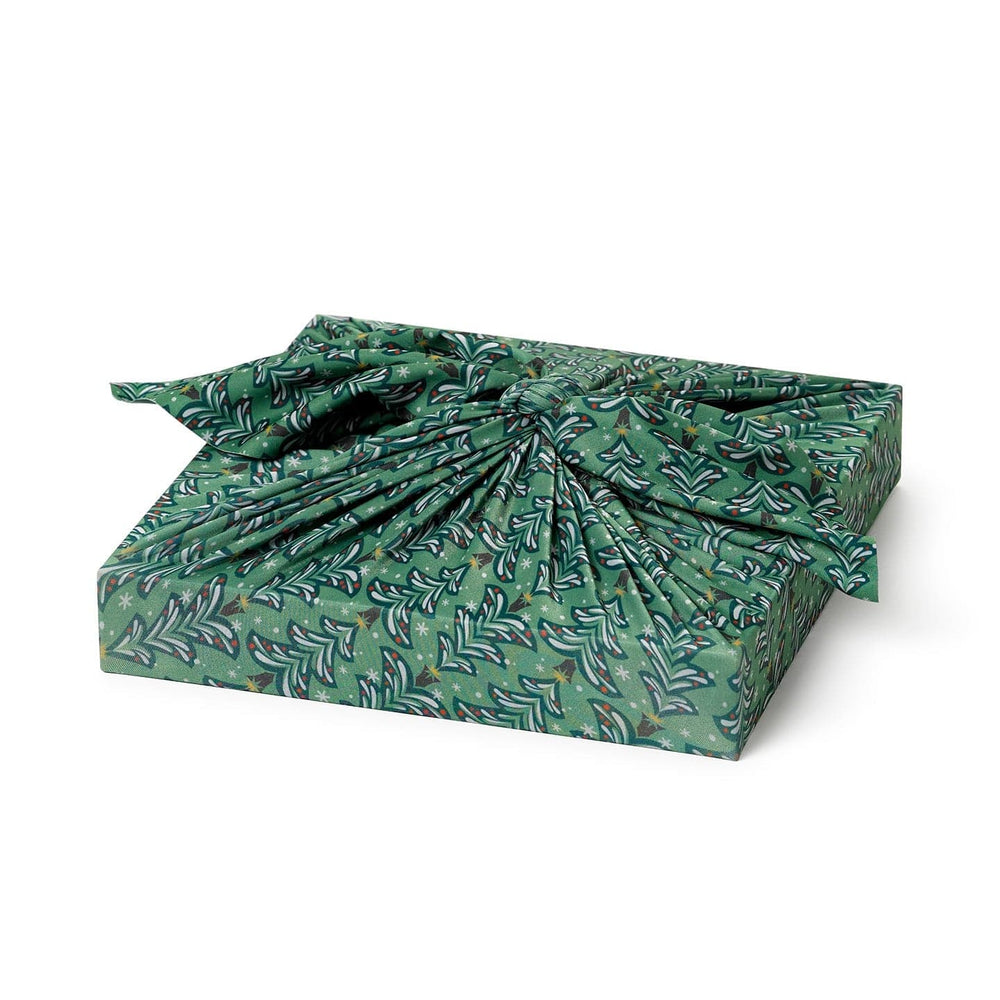Furoshiki: What’s Old Is New Again
While there are gift givers who have been wrapping gifts in fabric without ever hearing the word furoshiki, millions more are just now looking for creative ways to eliminate the waste generated by paper gift wrap. Many are learning about and falling in love with this ancient Japanese tradition through social media.
Today, U.S. households generate 25% more trash between Thanksgiving and New Year’s Eve than during the rest of the year. If every American family wrapped just three presents in reusable materials, it would save enough paper to cover 45,000 football fields.
Unsurprisingly, savvy, eco-conscious consumers are searching for an alternative to paper gift wrap, especially since most wrapping paper is not recyclable. And Shiki Wrap is their #1 choice.
Shiki Wrap has received local and national recognition. Read press coverage about our eco-friendly wrapping paper here.
Shiki Wrap was designed for today’s eco-conscious people who want to give beautifully wrapped gifts while caring for the planet. However, the concept of wrapping gifts in fabric dates back to Japan's Nara period (eighth century). It was originally used to wrap items such as the stoles of Buddhist priests and the costumes of minstrels.
Chizuko Morita, author of Gift Wrapping with Textiles: Stylish Ideas from Japan, provides an illustrative history of the tradition in her books, and has dedicated her time and skill to reviving the tradition, which fell out of favor in Japan in the mid-1900’s.
Morita writes,
“The powerful influence of American culture following the post-World War II occupation of Japan by U.S. armed forces rapidly transformed the traditional Japanese way of life and values, including the custom of bridal furoshiki.”

In her many books, Morita charts the historical rise and fall of the tradition and tirelessly advocates for reviving furoshiki customs. She was the mastermind behind the new concept of not simply taking the furoshiki back after use but incorporating the wraps as a gift within a gift.
She writes,
“My suggestion is to give the furoshiki, or piece of fabric, as part of the gift. By wrapping a gift in a piece of carefully selected fabric, the giver can express the purpose of the gift, echo the spirit of the season, or show their feelings for the recipient. And handing it over in person is sure to bring the latter even greater joy.”
In recent years, Morita has dedicated her life to teaching her techniques to Americans and Europeans in Kyoto, Tokyo, and Boston.
Her generosity of spirit was evident in her support of the development of Shiki Wrap, a reusable reversible wrap printed on fabric derived from recycled materials. Her furoshiki study group formally researched and endorsed the product. We encourage all Shiki Wrap customers to engage with her works, which are full of creative wrapping ideas and helpful tips.
Traditional Japanese furoshiki comes in standard, square sizes. A few common furoshiki patterns and their possible themes are below:
-
A Pair of Cranes: Represents marital harmony for husband and wife.
-
Rice and Other Crops: Often interpreted as wishes for an abundant harvest and prosperity.
-
Chrysanthemums: Symbolizes a long life and good fortune.
-
Carp Swimming Up a Waterfall: May be interpreted as celebrating the birth of a child or new beginning.
Shiki Wrap always has new designs in development for special occasions, including weddings, birthdays, anniversaries, graduations, and beyond. Our designs are limited-edition releases. This helps us reduce waste by only producing patterns in high demand. Sign up for our newsletter to be notified about new releases and available preorders!
Shiki Wrap is produced in three standard furoshiki sizes: 18-inch, 28-inch, and 36-inch squares. We also offer reusable gift bags and bottle bags, handles to transform wraps into bags, clips for cards and tags, and other lovely accessories to elevate your gift wrapping.
A photo of lucky bamboo wrapped in furoshiki presented to Shiki Wrap by Chizuko Morita in 2023



